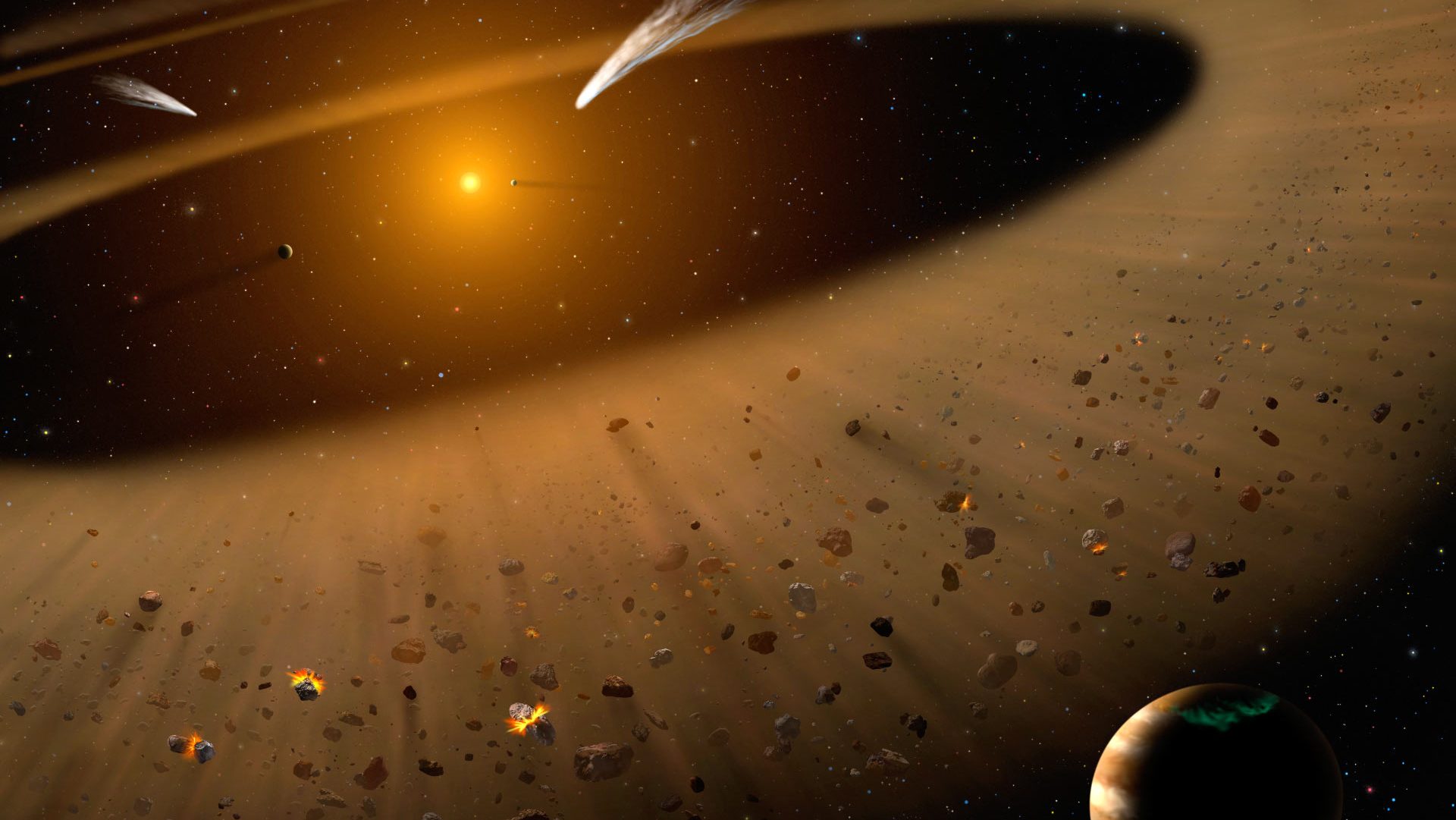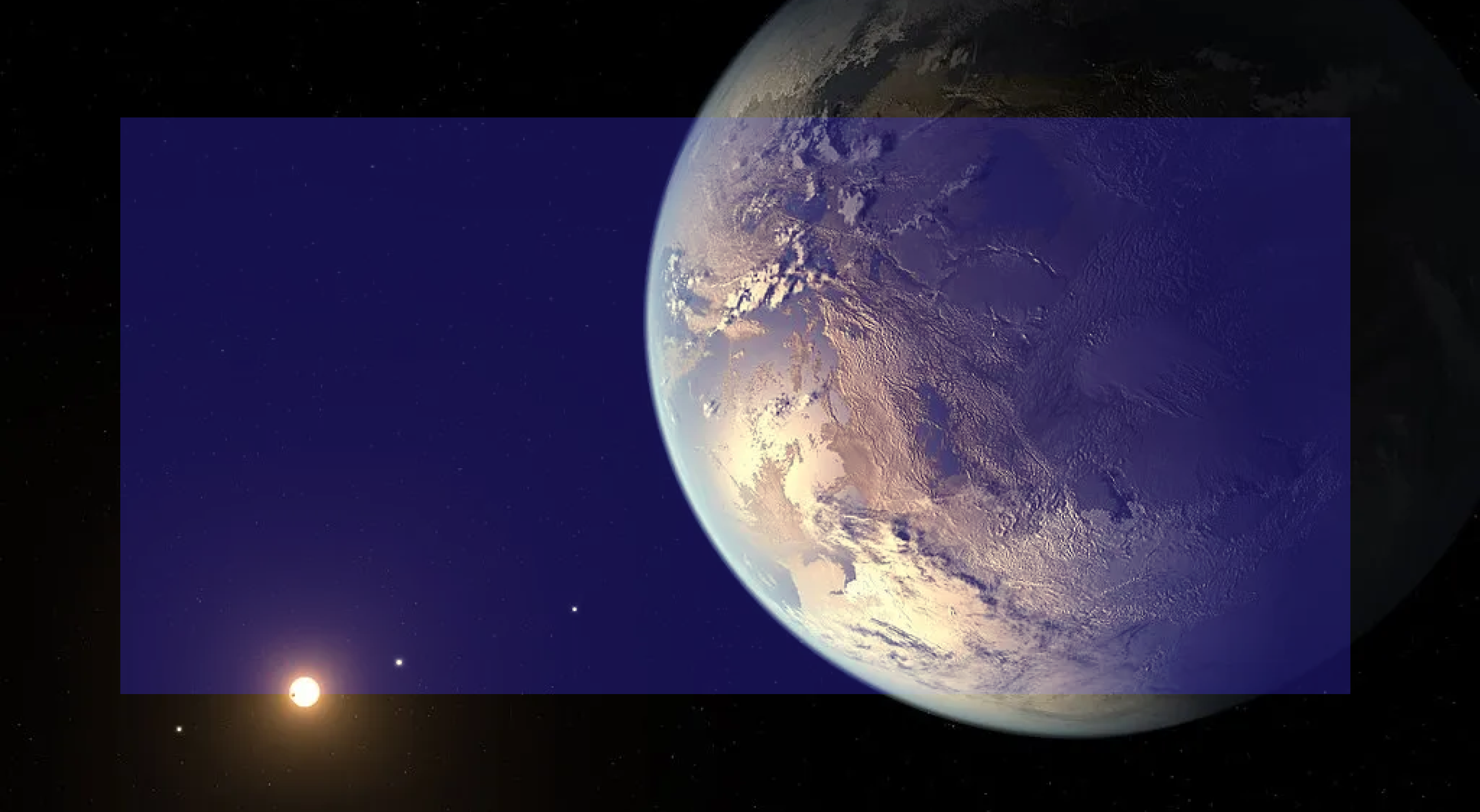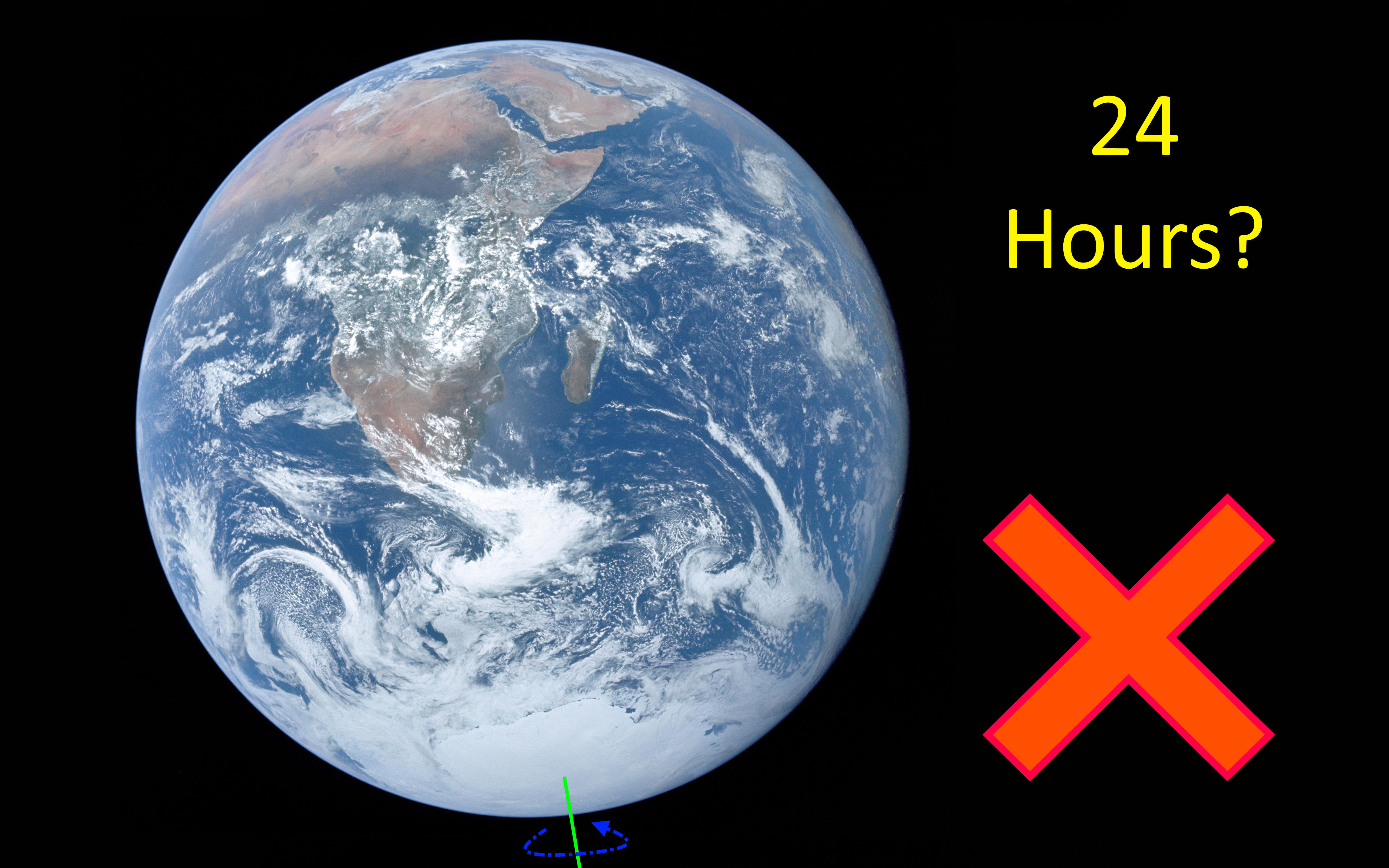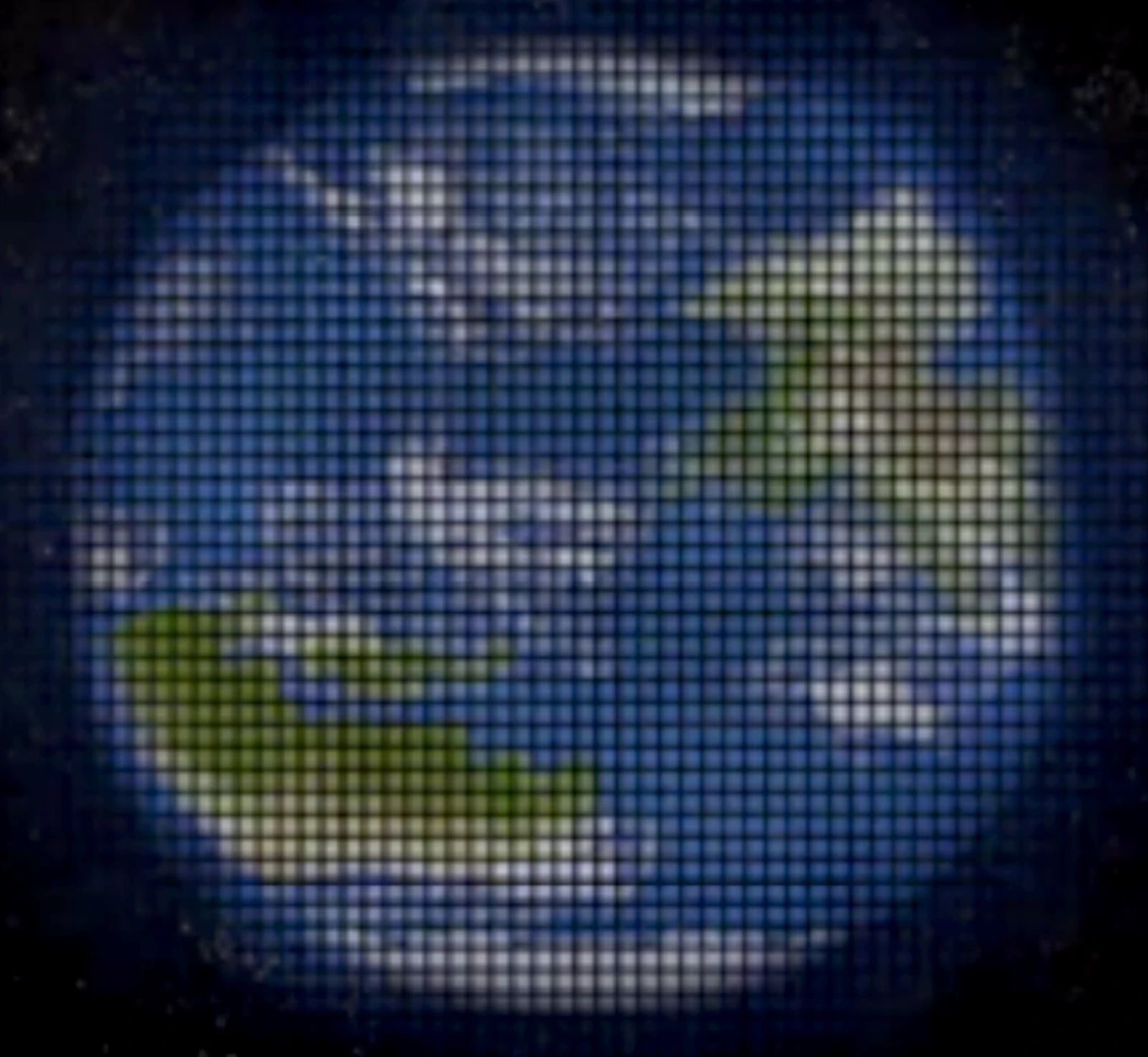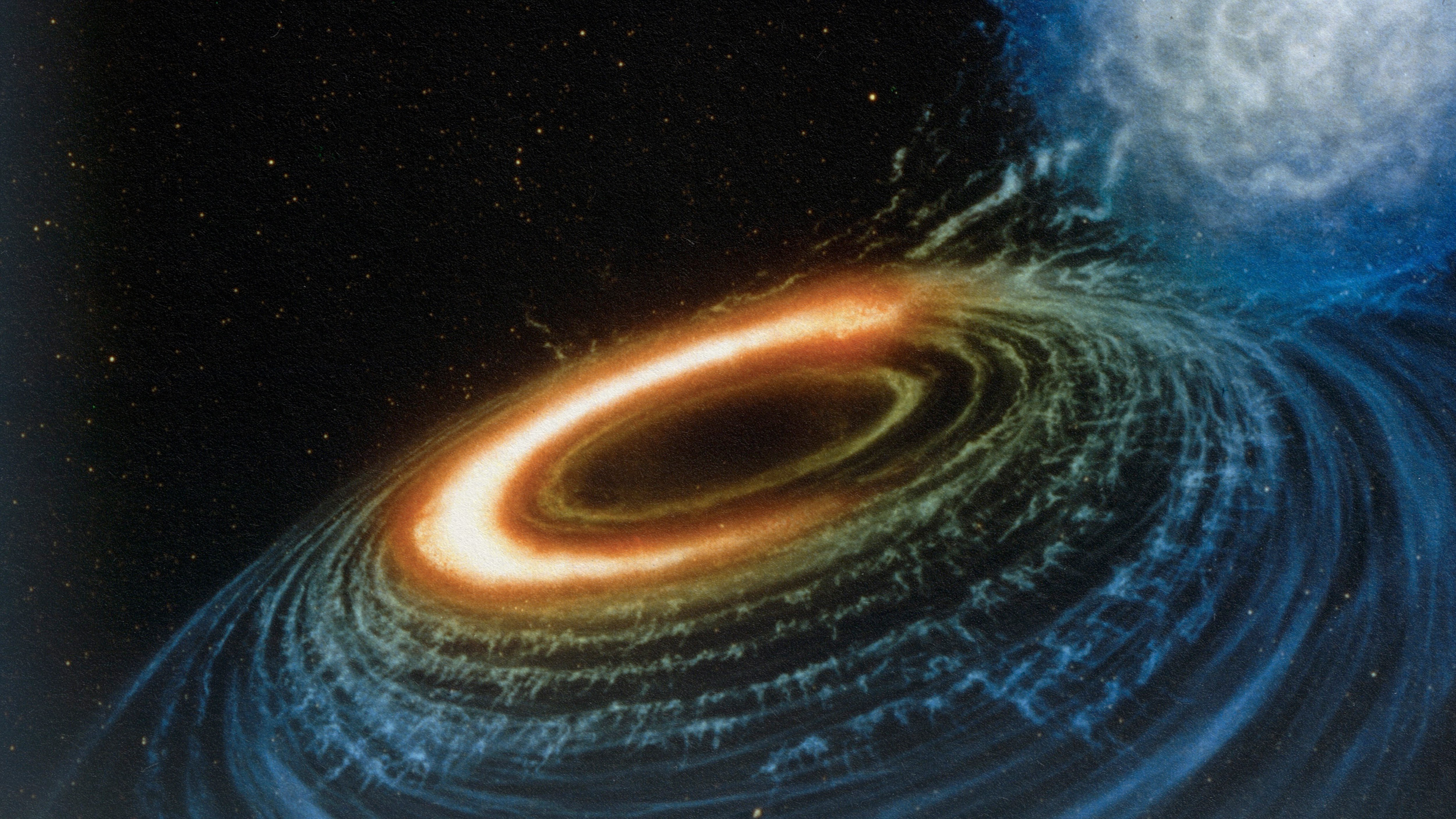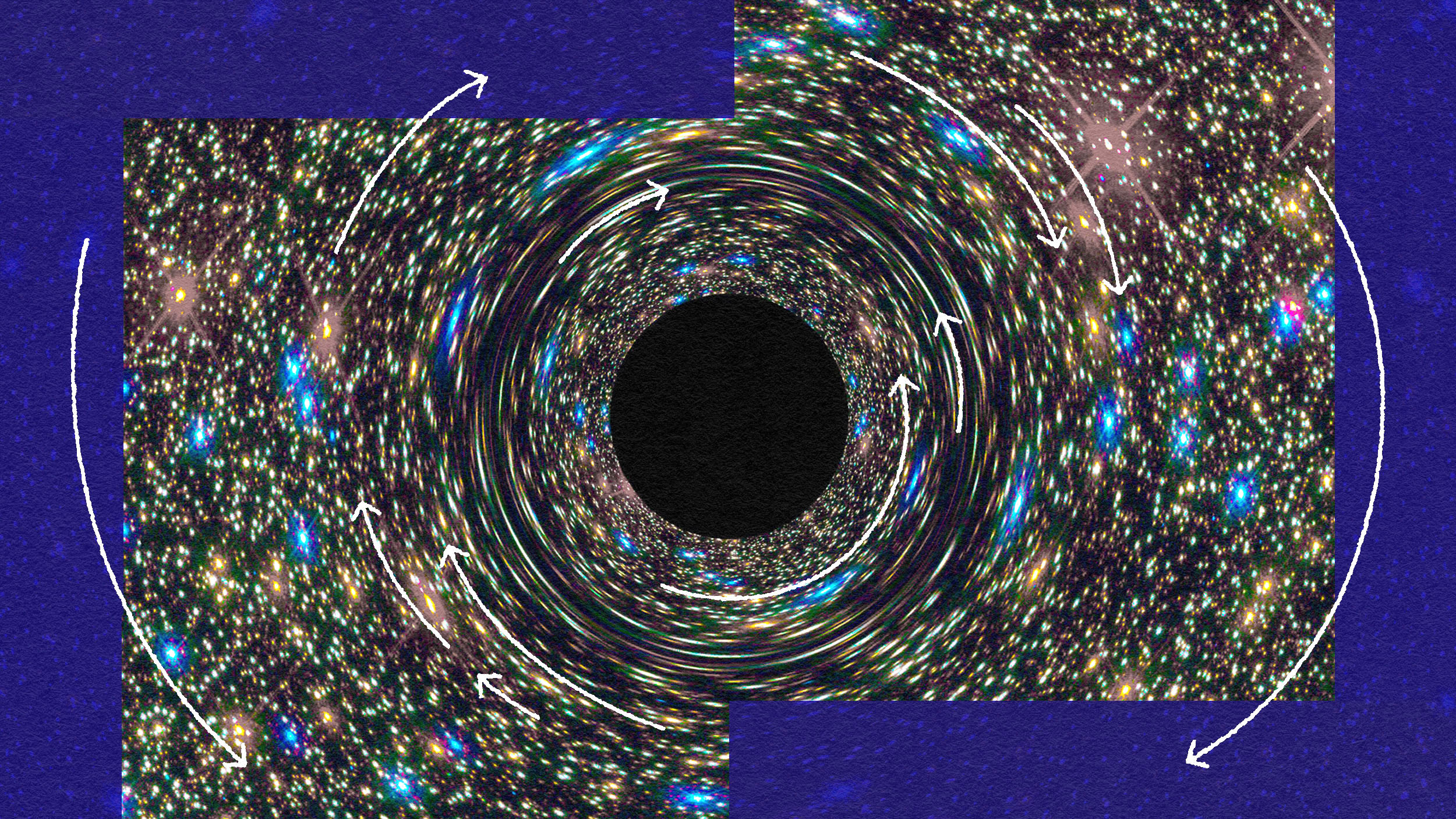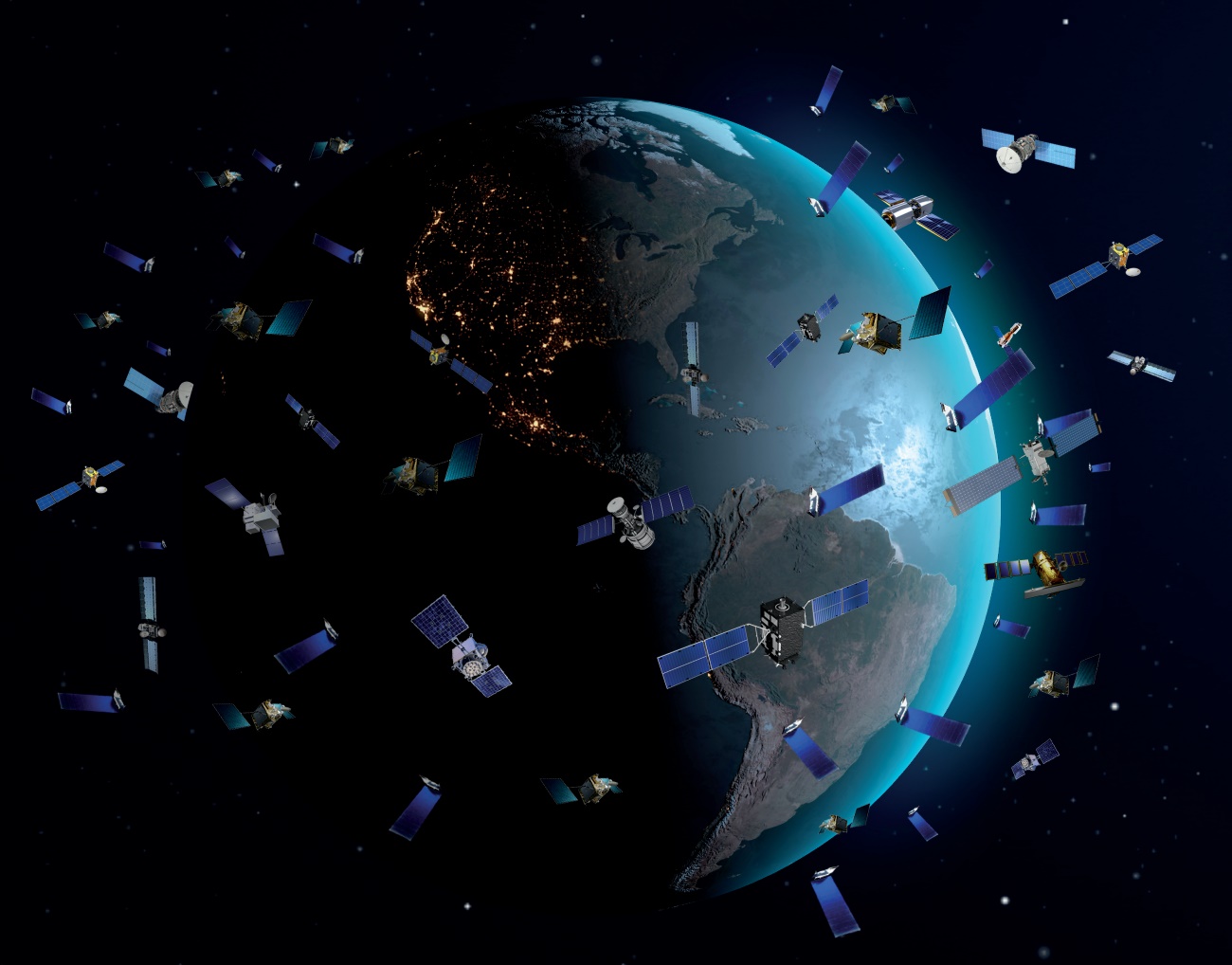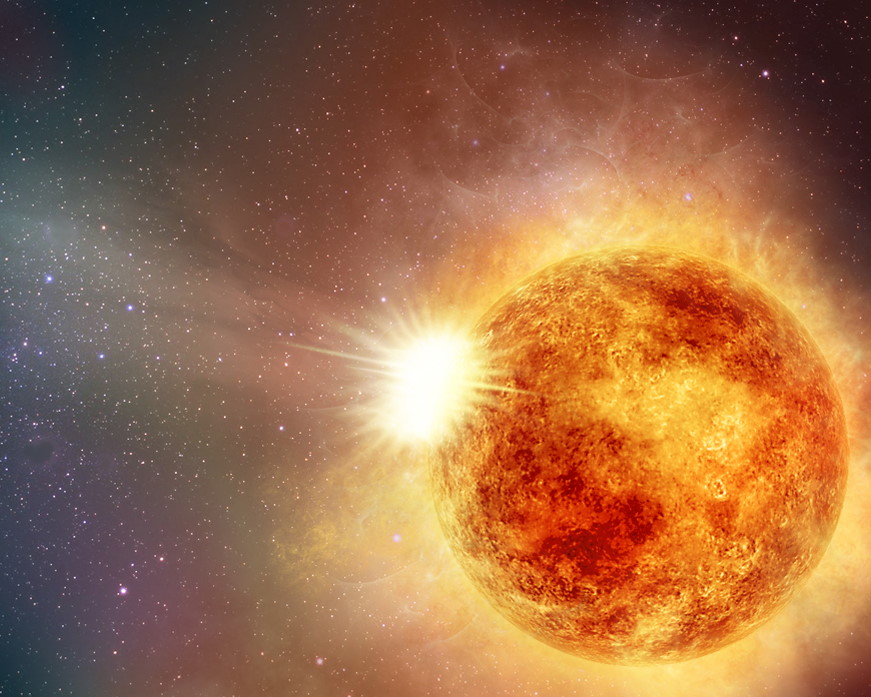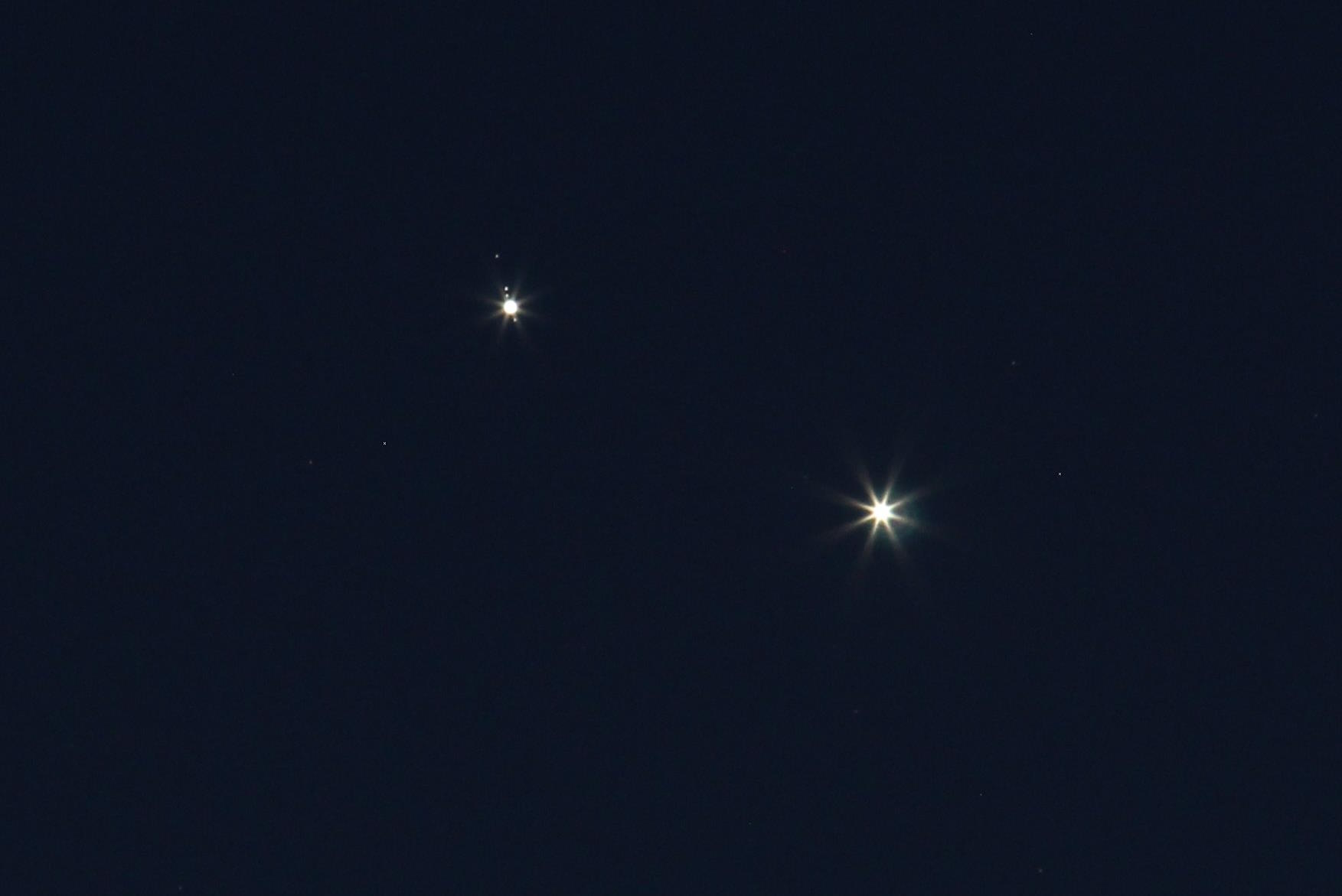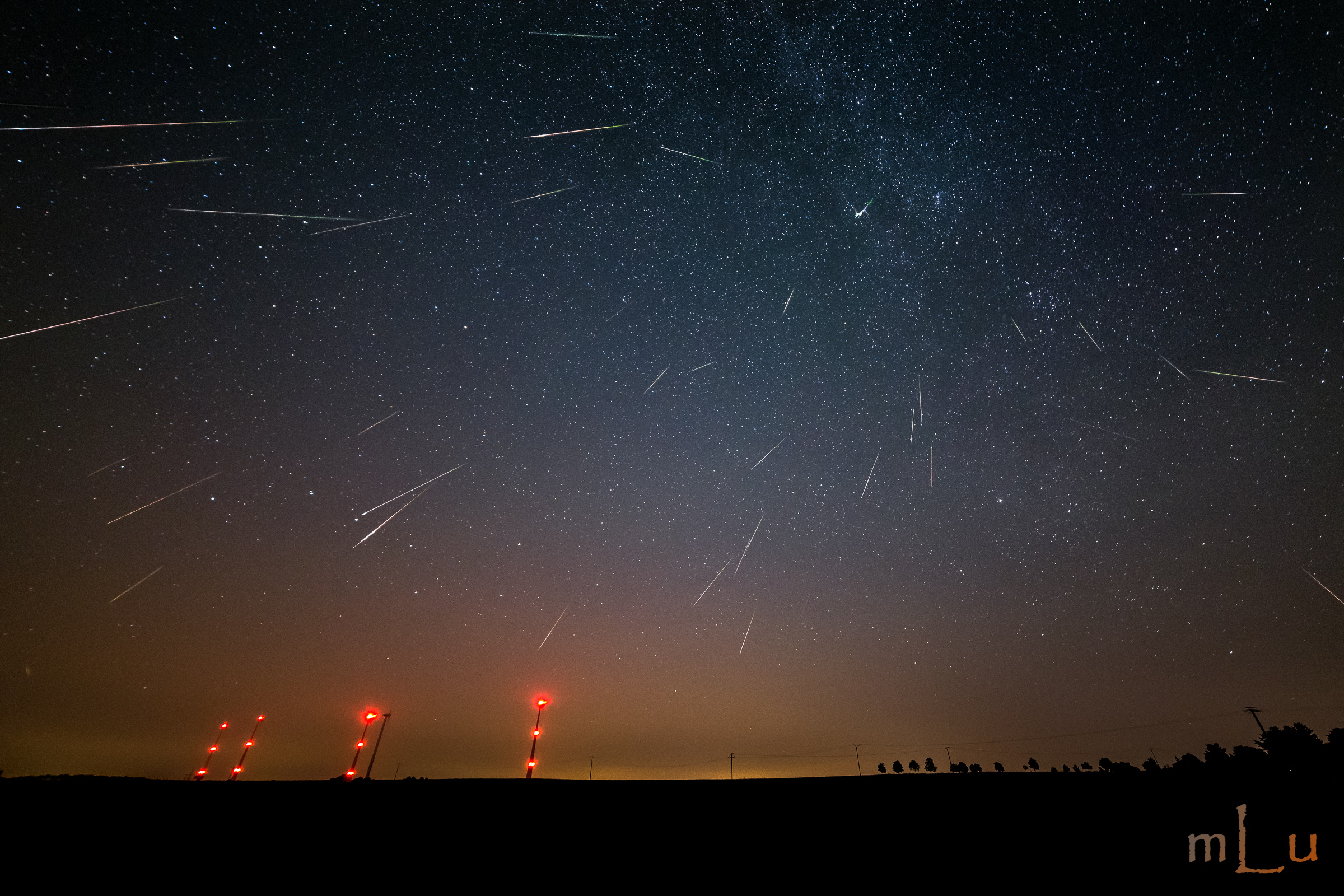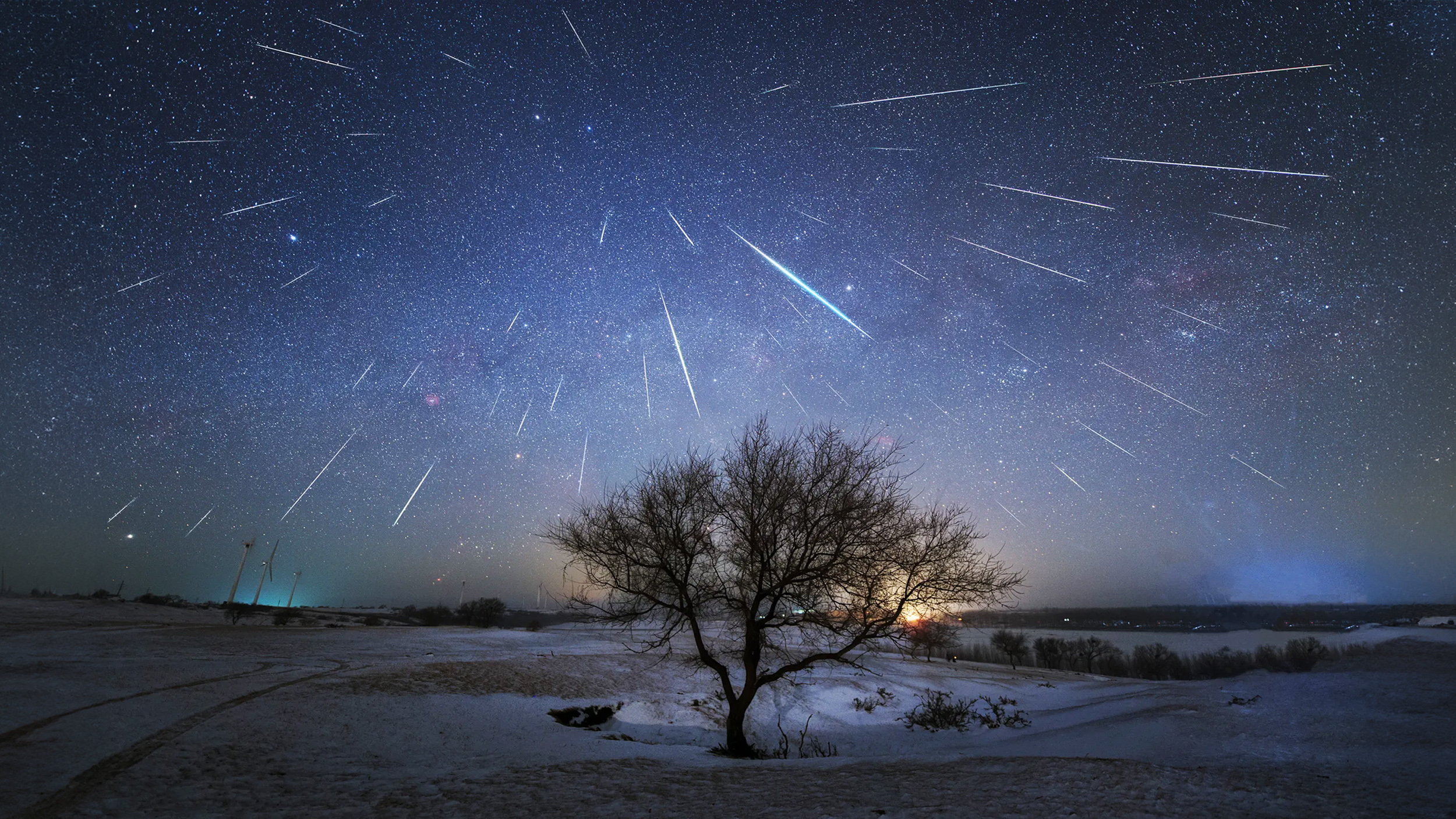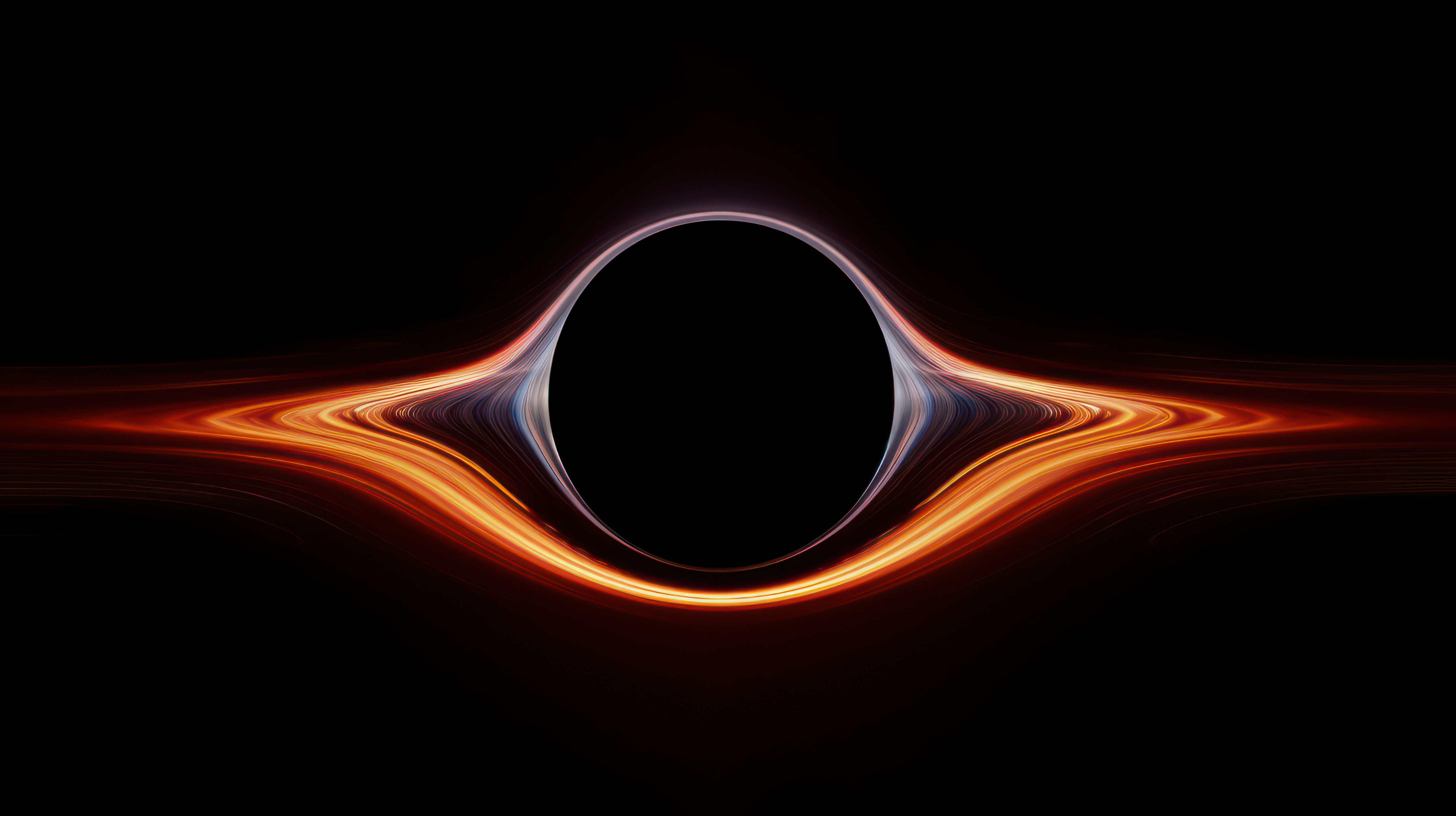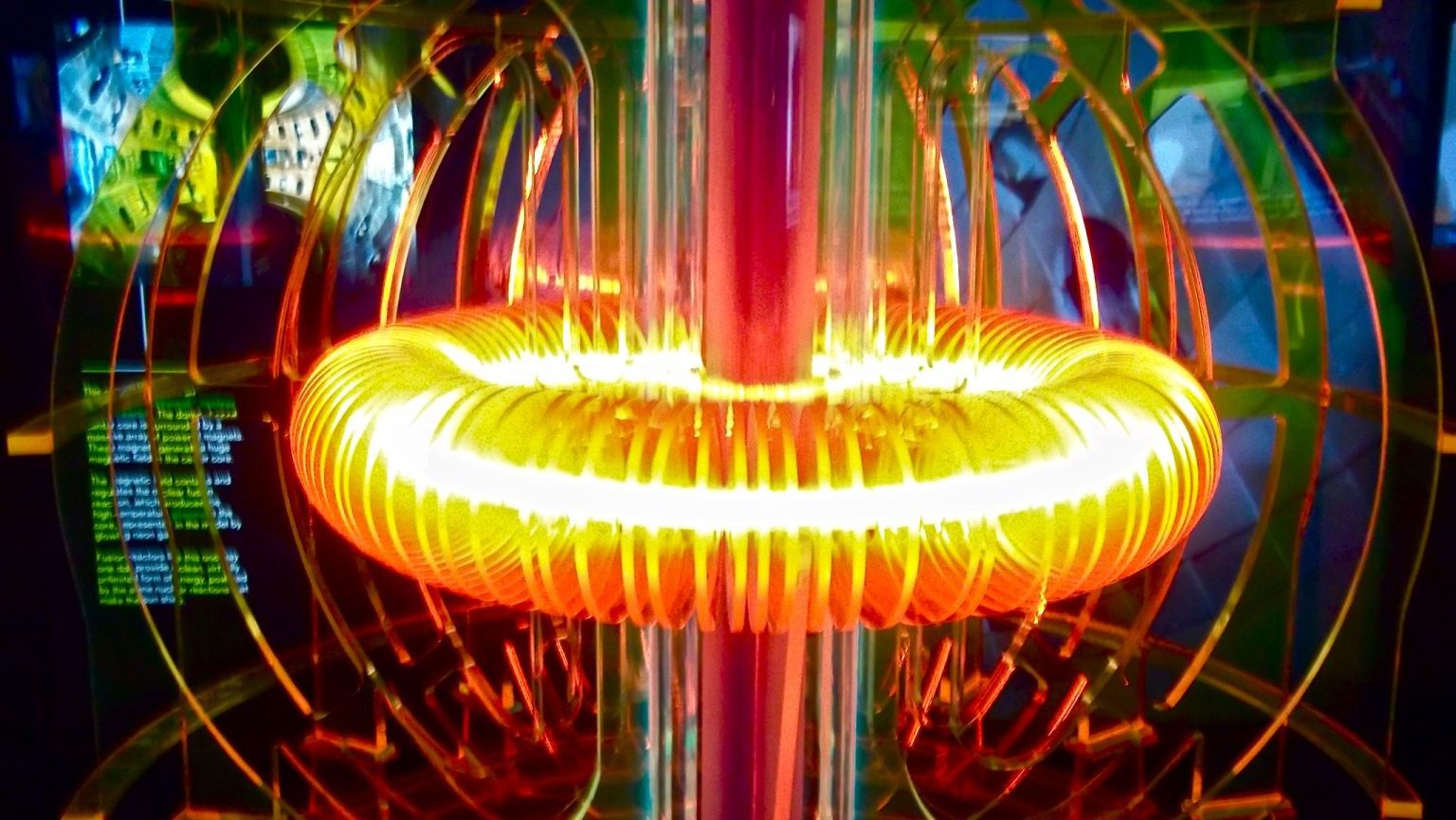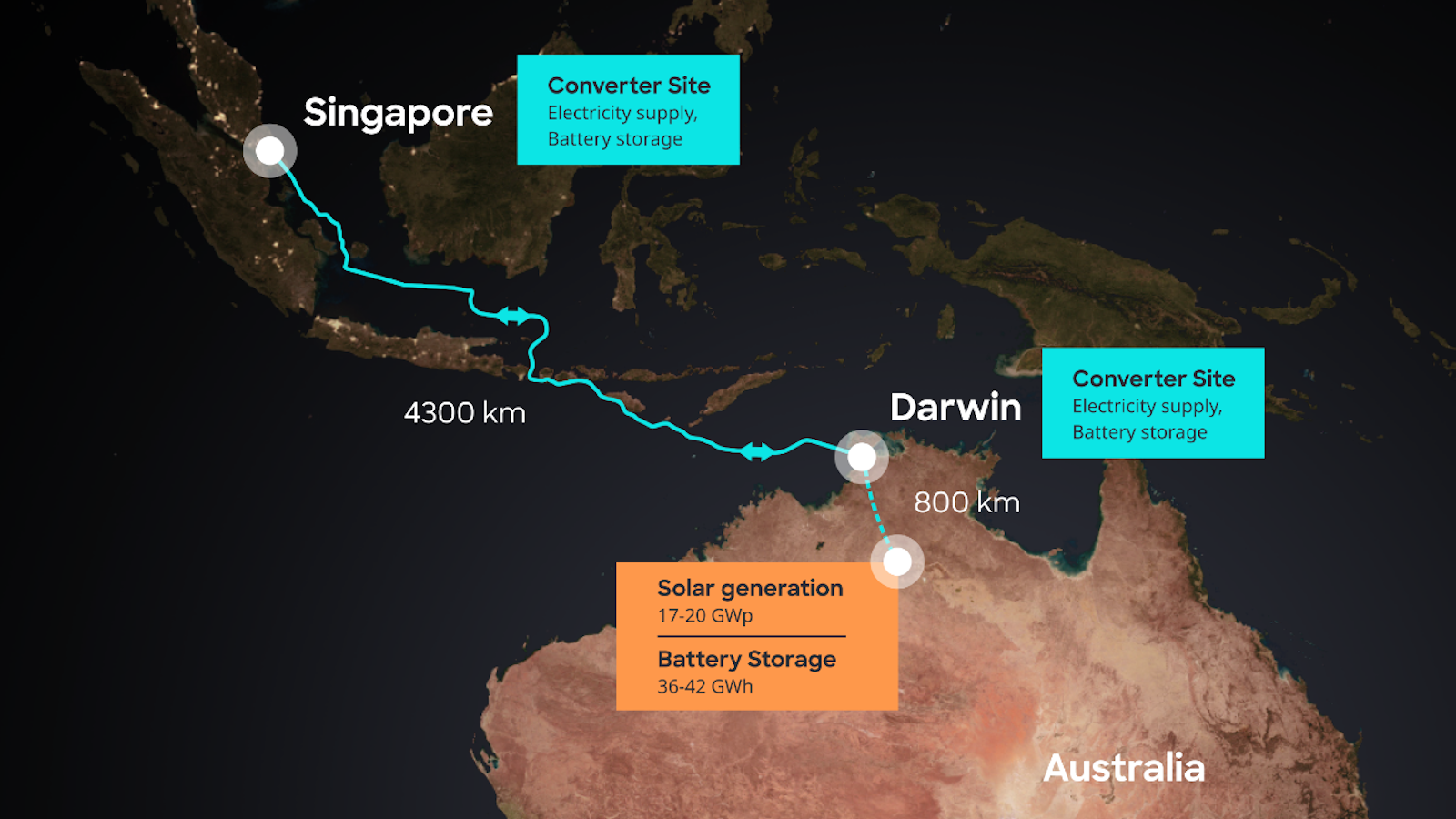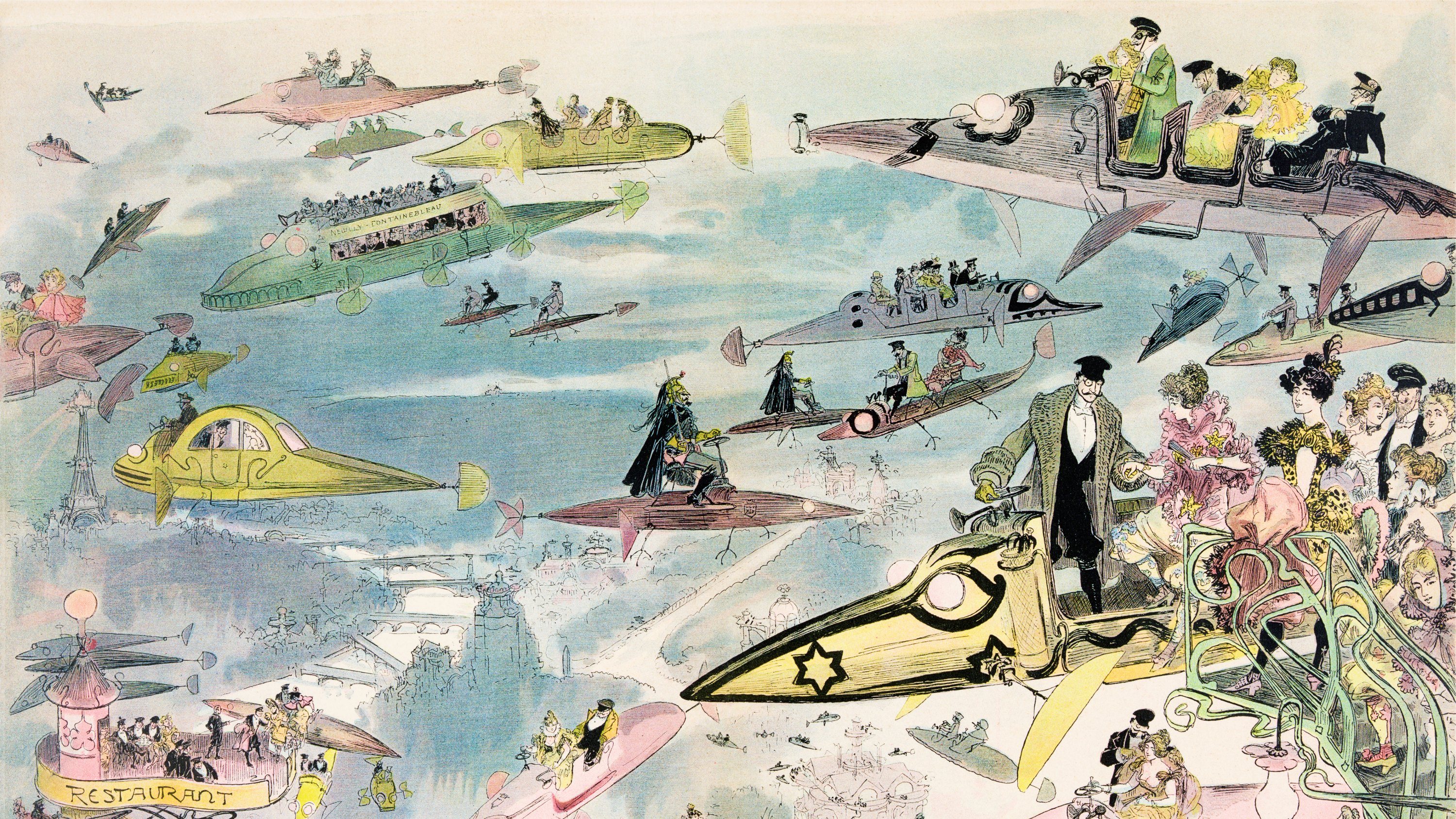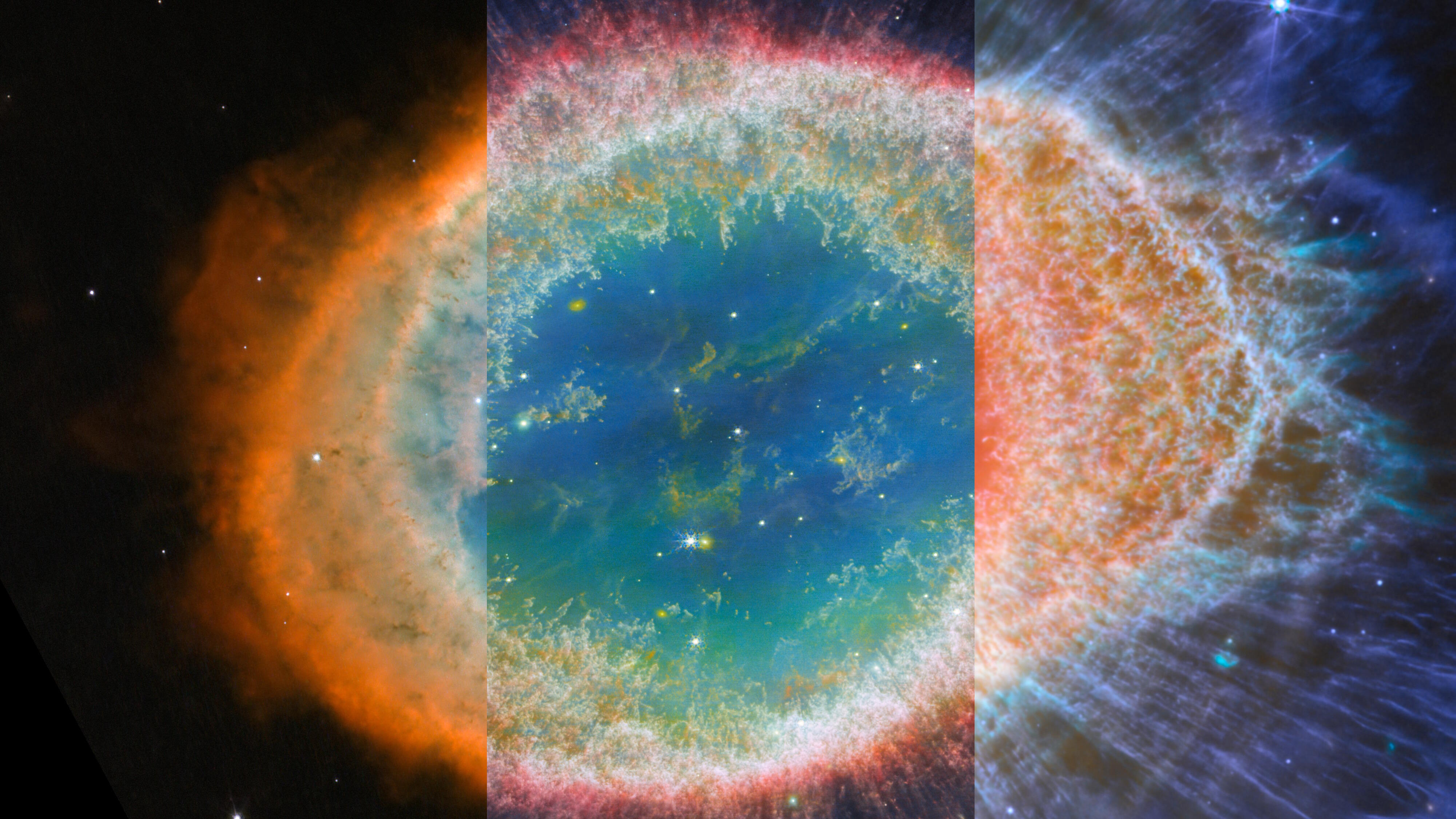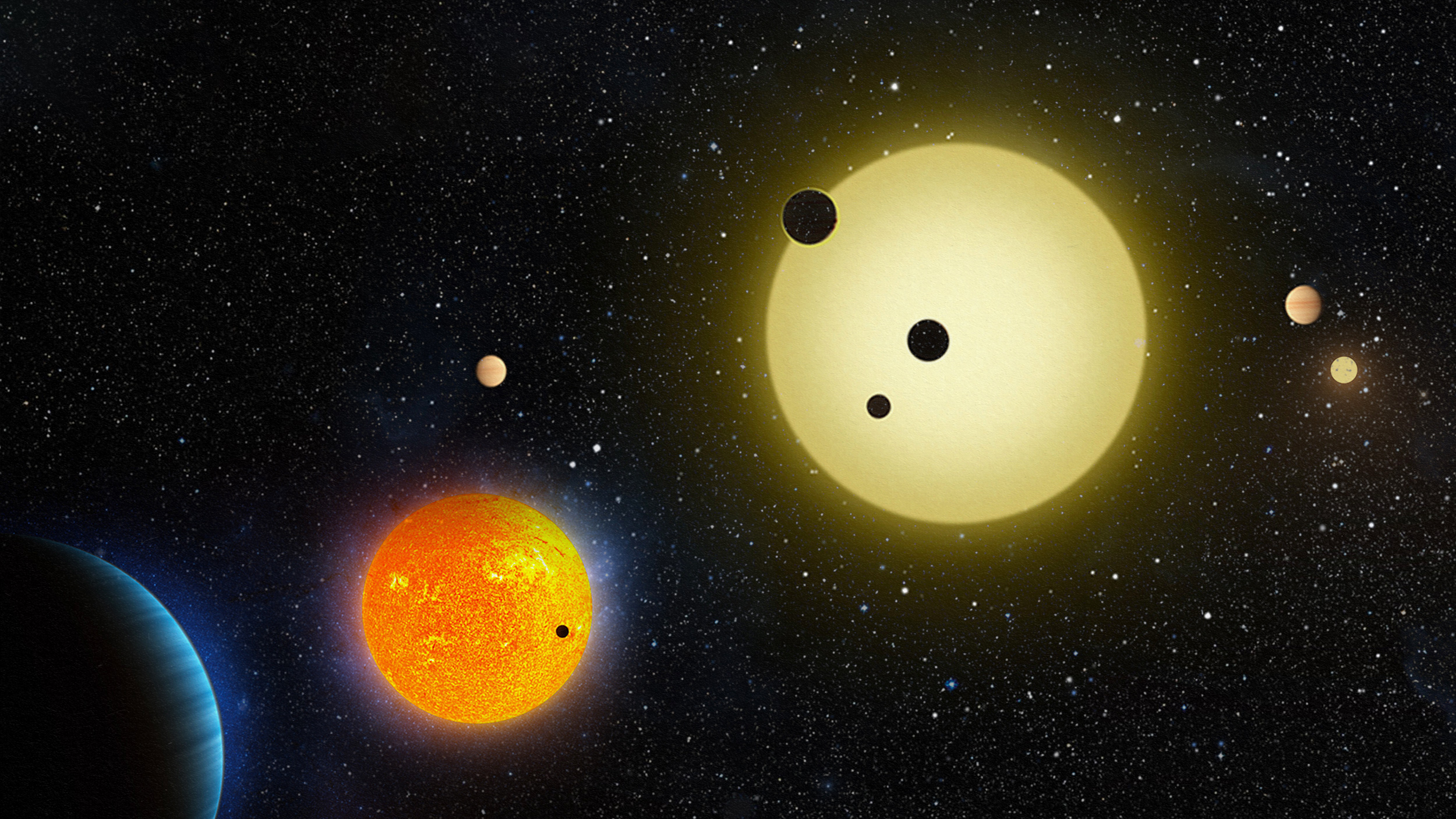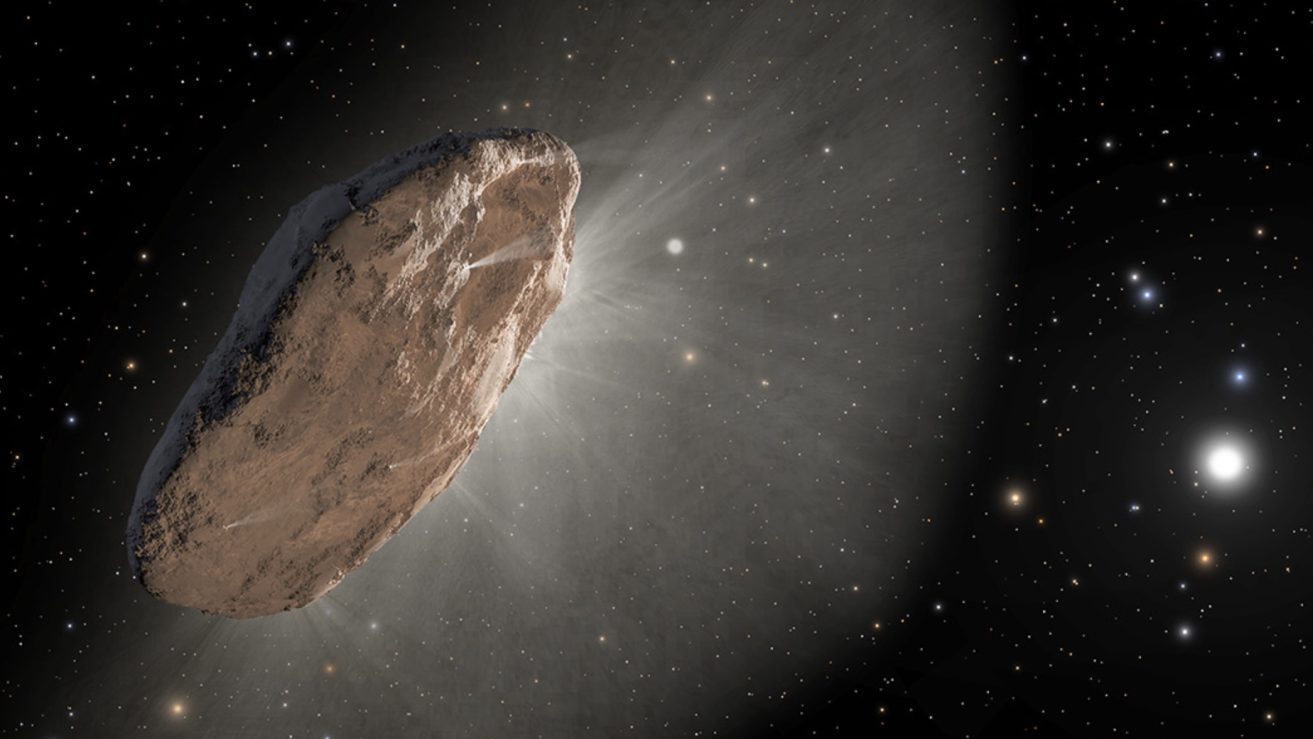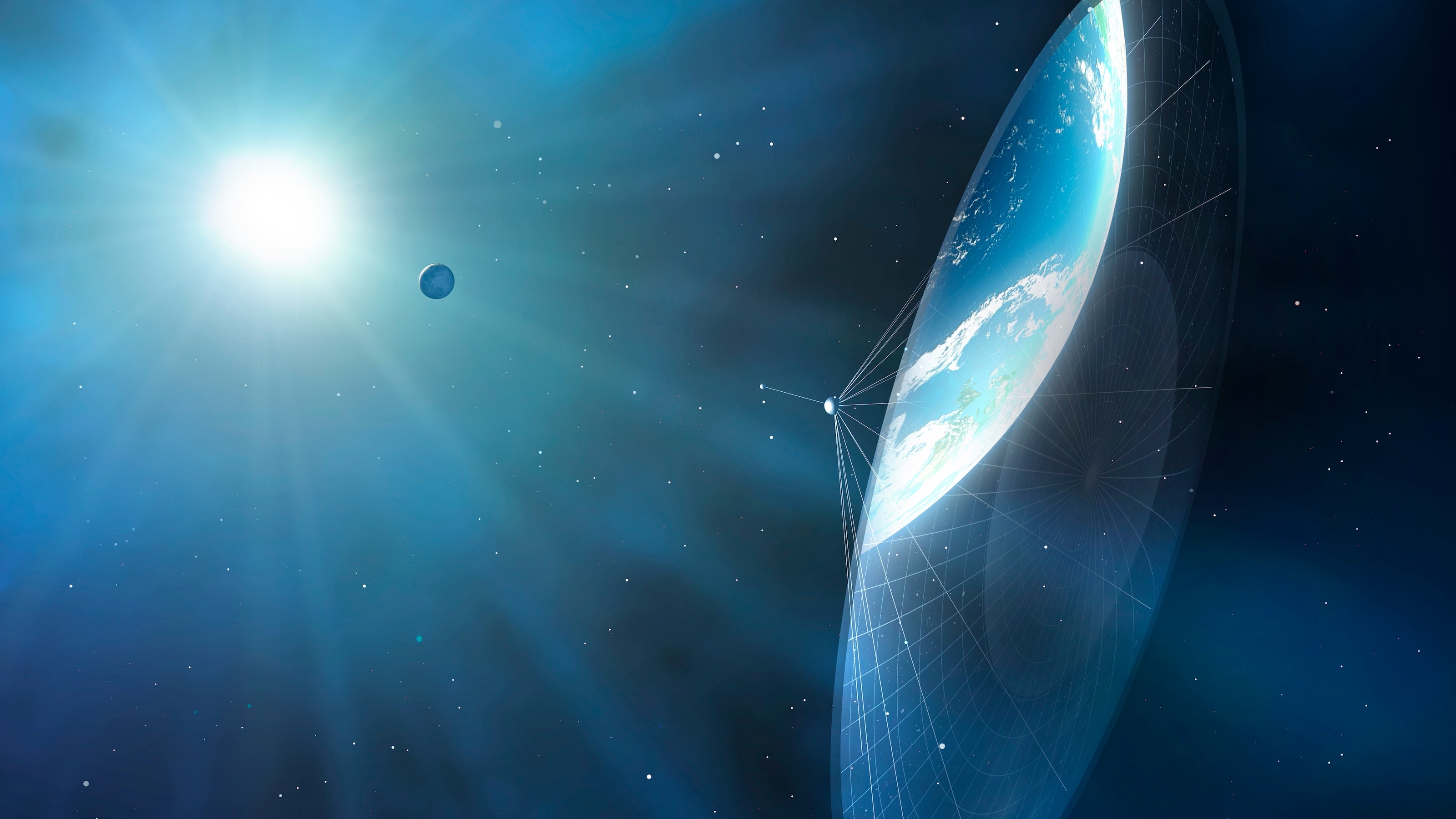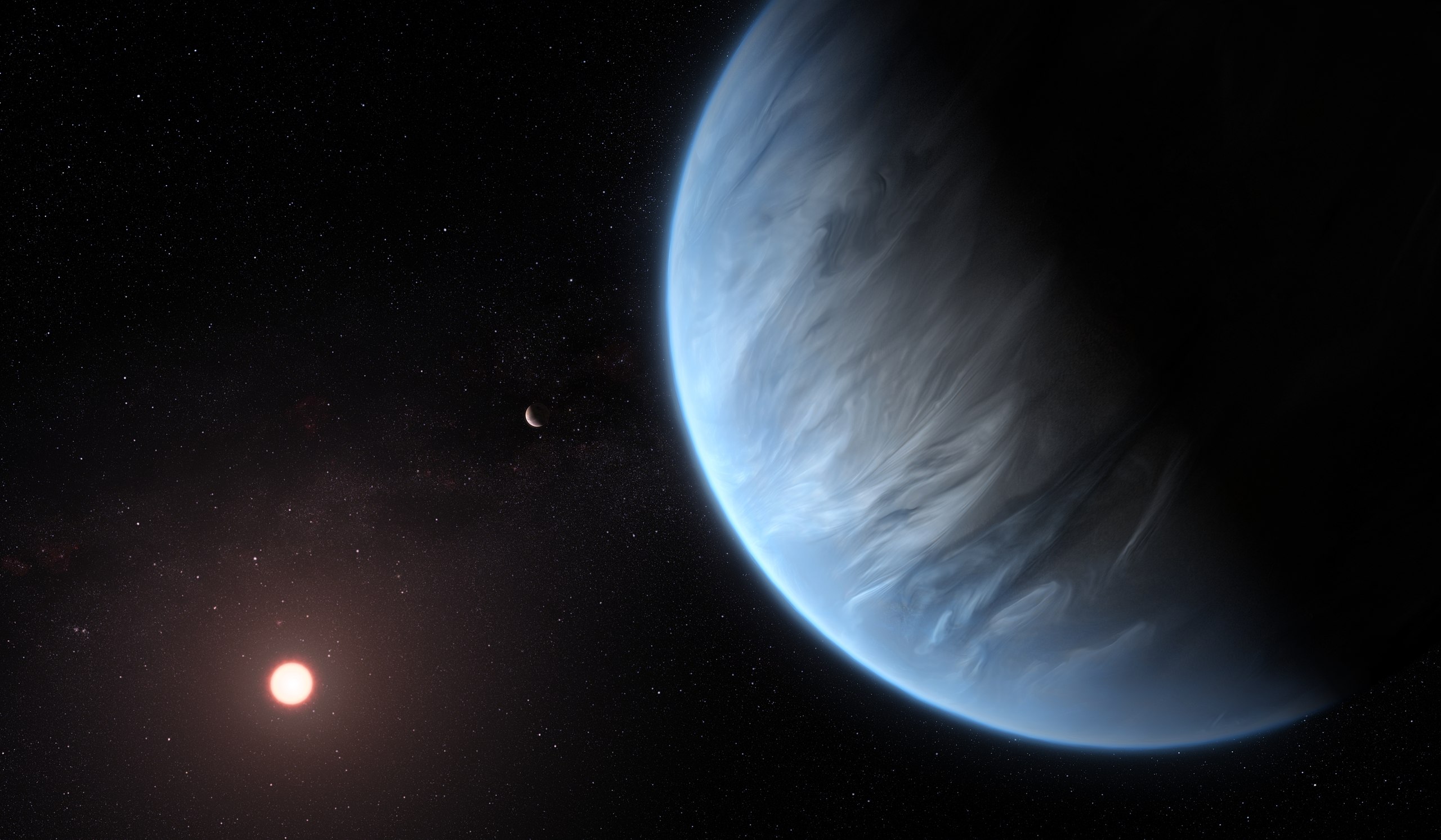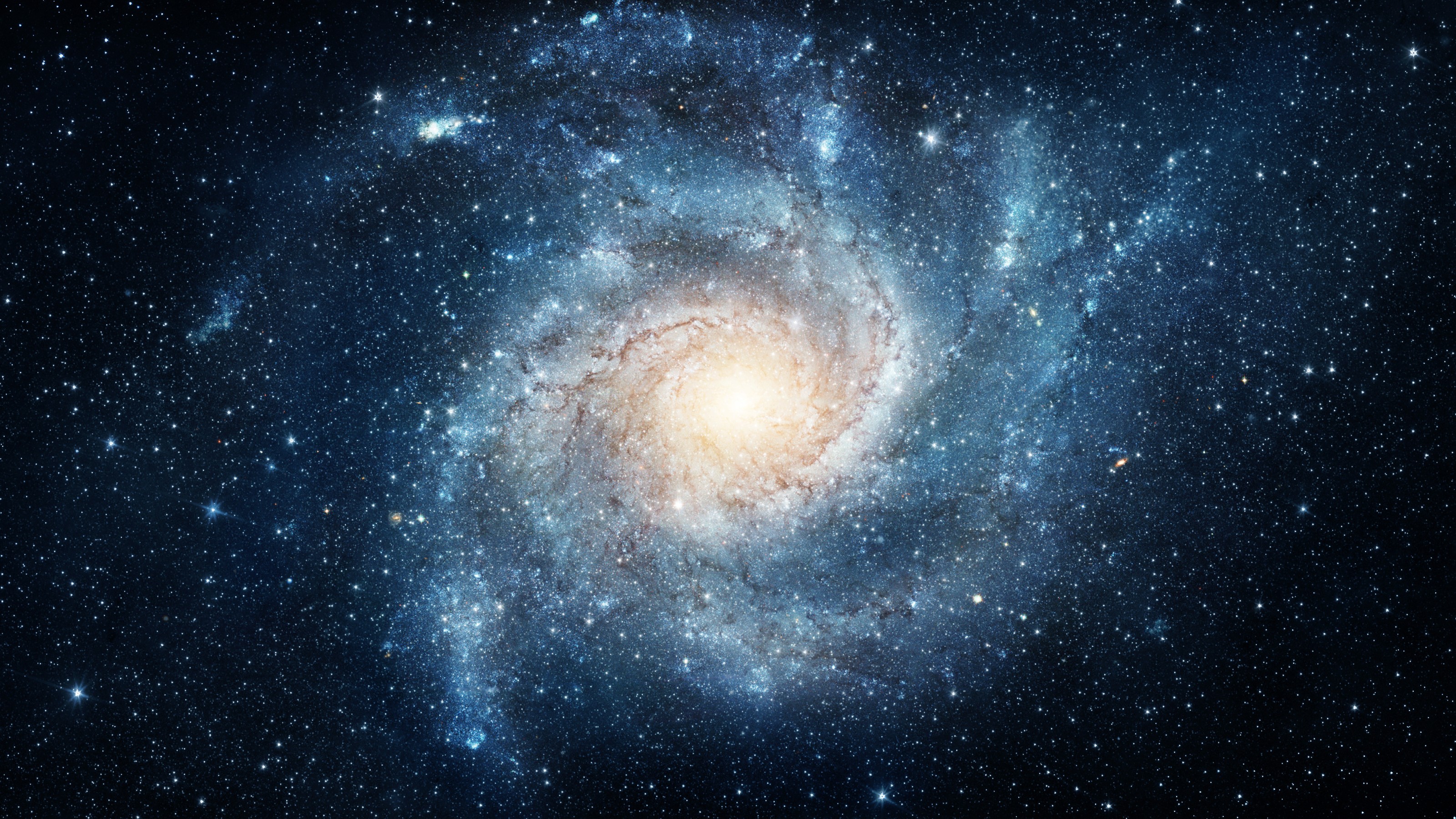Massive objects like black holes, stars, and rogue planets routinely pass near our Solar System. An ensuing comet storm could destroy us.
Search Results
You searched for: sun
Life became a possibility in the Universe as soon as the raw ingredients were present. But living, inhabited worlds required a bit more.
Time is relative, not absolute, as gravity and motion both cause time to dilate. Your head and feet, therefore, don’t age at the same rate.
Plato, Sun Tzu, and Buddha all lived in a “golden age” of philosophy that laid the foundation of modern thought.
As the Earth spins and wobbles on its axis and revolves elliptically around the Sun, each day changes from the last. “24 hours” isn’t right.
With a telescope at just the right distance from the Sun, we could use its gravity to enhance and magnify a potentially inhabited planet.
There are 40 billion billion black holes in the universe. Here’s how our Solar System stacks up against ten of them.
The Big Bang theory is not threatened, but astrophysicists have some explaining to do.
Carl Sagan was far from the first to declare we are the children of ancient stars.
Space weather poses a tremendous threat to all satellites, knocking all computer systems offline. Is that a recipe for Kessler syndrome?
Here on Earth, the Sun is our primary source of light, heat, and energy. But it also poses a grave threat to human civilization.
In our Solar System, even the two brightest planets frequently align in our skies. But only rarely is it spectacularly visible from Earth.
Each year in mid-August, Earth plows through the debris stream of an enormous comet, creating the Perseids. 2023’s show will be magnificent!
Each December, the Geminid meteor shower puts on a show for skywatchers across Earth. With a new Moon at 2023’s peak, it’ll be outstanding!
A recent paper in the journal Physical Review Letters claims to prove that a “kugelblitz” is not possible.
On December 9, 2023, Halley’s Comet reached aphelion: its farthest point from the Sun. As it returns, here are 10 facts you should know.
A look back at the rise of solar power in the US and what’s next.
Scientists have been chasing the dream of harnessing the reactions that power the Sun since the dawn of the atomic era. Interest, and investment, in the carbon-free energy source is heating up.
Australia’s AAPowerLink boasts three global superlatives: largest solar farm, largest battery, and longest power cable.
For some reason, when we talk about the age of stars, galaxies, and the Universe, we use “years” to measure time. Can we do better?
Most of us only ever see a fraction of a full rainbow: an arc. But optically, a full rainbow makes a complete circle. Physics explains why.
In revolutionary Russia, a group of forward-thinking philosophers offered an alternative to both futurism and communism.
The “Ring Nebula,” known for almost 250 years, is so much more than a Ring. With JWST’s capabilities, we’re seeing more than ever before.
Finding a tiny planet around bright stars dozens or hundreds of light-years from Earth is extremely difficult.
Strategy advisor Roger Martin explains how 2,000 year old military thinking is useful in modern business strategy.
▸
8 min
—
with
The detection of two celestial interlopers careening through our solar system has scientists eagerly anticipating more.
It’s a radical but plausible idea.
Each of our three nearest stars might have an Earth-like planet in orbit around it. Here’s what we’ll learn when we finally observe it.
Here’s why the answer may forever elude scientists.
In 1924, Edwin Hubble found proof that the Milky Way isn’t the only galaxy in the Universe.
